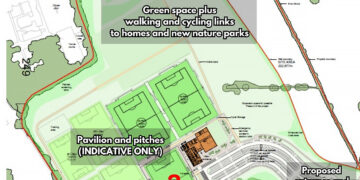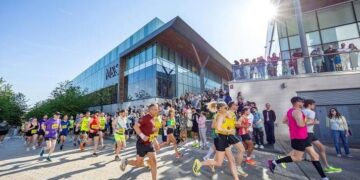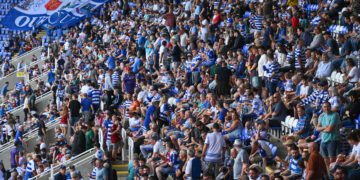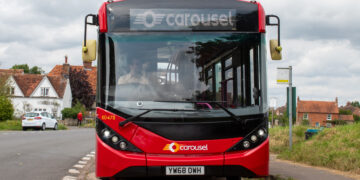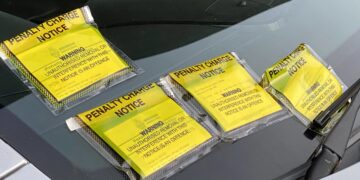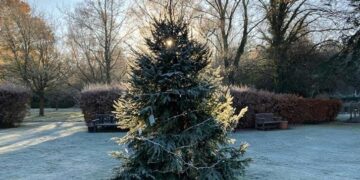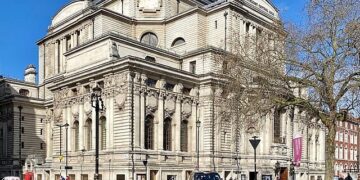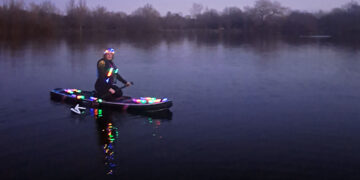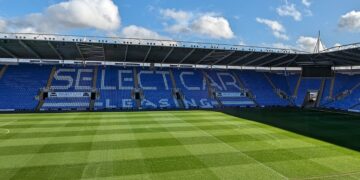PLANS are being made to restore one of Wokingham’s most iconic structures: the footbridge to Wokingham’s railway station – but one question remains, what colour was it originally?
The Grade II listed walkway has given people a safe way to cross the railway line for decades. It also had a starring role in the 1971 horror thriller See No Evil.
And the Berkshire Area Group of the N Gauge Society have spent several years creating a miniature replica of the famous bridge.
But no one knows what the original paintwork was like.
Now, Network Rail has submitted plans to give it a makeover after a 2017 inspection found that there were cracks in the stonework, damp in the stair tread, paint loss throughout and corrosion causing loss of thickness on the full length of the stairs.
They say that the bridge is in a poor condition, and the works will “ensure the asset continues to be safe for general public use as well as eliminating risks to the running services, passengers and all railway users.”
Under the plans, the timber deck and stair treads would be replaced with a Glass Reinforced Plastic (GRP) alternative, a composite material created using a plastic reinforced by fine fibres made of glass. Network Rail says that this will be used instead of wood as it has a long-life span which would extend the life of the structure.
And with the metalwork, where possible, replacements will come from recycled wrought iron bull nose rails.
Network Rail’s application notes: “From afar, the appearance of the under bridge will look similar. At a closer distance it may be evident that the materials have been replaced where necessary.”
It adds: “The proposed development would bring the bridge up to an acceptable level and extending the life and securing the restoration of the structure”.
Cllr Rachel Bishop-Firth posted on social media that she had been campaigning for the repairs to be made for several years.
In her submission to Wokingham Borough Council, she called for the bridge to continue to use timber rather than GRP. “I understand that this might take more maintenance, but given the fact that this is such a unique Victorian bridge I would hope that this could be justified,” she noted.
Peter Must, from the Wokingham Society, said that the group strongly supported the application, having met with Network Rail on site, but is also calling on the firm to use timber rather than GRP for the treads.
He said: “Members of the Wokingham Society have met representatives of Network Rail who will manage the project to discuss some of the detail.
“While the Society is likely to argue that seasoned timber should be used for the treads, covered with GRP, Network Rail argues that past experience has shown that timber requires frequent replacement due to it rotting and causing safety hazards. There is agreement, however, that the stone and brickwork should also be repaired.”
The bridge was constructed in late 1886 by enterprising navvies putting an old stock of rails and sleepers to good use, following concerns about accidents to people crossing the line.
A number of such designs were built at that time but few, if any, survive and is therefore possibly unique to Wokingham.
The bridge was originally made from double-headed rails, with sleepers for the steps. Some sleepers and rails were replaced in the 1980s (in the latter case by bull-head rails) during British Rail maintenance.











